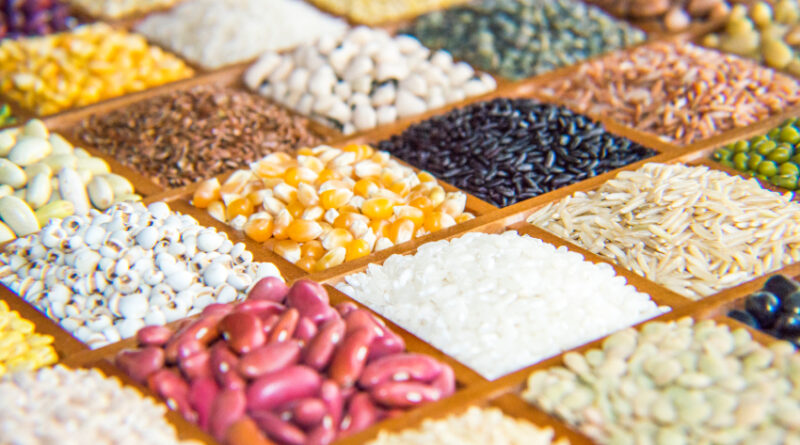Poor monsoon leads to nearly 15% drop in pulses sowing in Maharashtra, food grain production to be hit
The total area sown under pulses in the 2023-24 Kharif season in Maharashtra has come down to 15.97 lakh hectares from 18.69 lakh hectares in the previous season, for a 14.56 per cent drop, according to the state agriculture department.
The area under oilseeds has increased by 2.5 per cent — from 50.32 lakh hectares to 51.58 lakh hectares. The scenario in cereals has remained largely unchanged, recording only a 0.39 per cent drop — from 29.77 lakh hectares to 29.65 lakh hectares. Cash crop cotton also dropped slightly, from 41.96 lakh hectares to 41.89 lakh hectares.
The decline in pulse sowing is attributed to poor monsoon in the Marathwada region. Only two of eight districts in the region — Nanded and Hingoli — have received good rain this monsoon. The other six districts — Beed, Aurangabad, Jalna, Osmanabad, Latur and Parbhani — received very little rain, adversely impacting sowing, according to officials.
The pulse variety includes tur (yellow dal), moong (green gram), urad (black gram), and others. The area under tur has marginally decreased from 11.57 lakh hectares to 11.10 lakh hectares. Moong showed a sharp decline from the previous year’s 27.75 lakh hectares to 17.53 lakh hectares. Similarly, urad marked a steep decline from 35.64 lakh hectares to 25.21 lakh hectares. In other pulse varieties (miscellaneous), the downside was notable, from 78,716 hectares to 59,910 hectares.
The drop in pulses area adversely impacted the sowing of food grains overall (cereals and pulses), registering a 5.85 drop — from 48.48 lakh hectares to 45.64 lakh hectares.
Agriculture Mister Dhananjay Munde has expressed concern over poor rainfall in the Marathwada region and its impact on Kharif sowing.
While acknowledging challenges ahead in the Marathwada region, agriculture minister Dhananjay Munde said, “At least six districts in Marathwada have not received rain as expected. And it is a cause of serious concern.”
Apart from the Marathwada region, parts of northern Maharashtra and Vidarbha region are staring at new challenges.
Insiders in the agriculture ministry said, “The decrease in the area of food grains sowing by 2.84 lakh hectares will affect crop production.” Officials estimate food grain production will decrease by 15 to 20 per cent.
However, the 2.5 per cent increase in oilseeds area has brought significant relief. The sowing of soyabean has increased from 48.45 lakh hectares to 50 lakh hectares. Soyabean is amongst the main crops grown in Maharashtra’s Marathwada and Vidarbha regions.
The oilseeds segment includes soyabean, sunflower, sesame, and bhuimoong (peanut). Sunflower sowing has reduced from 15,521 hectares to 2,629 hectares, and sesame dropped from 6,213 hectares to 4,482 hectares.
Cereal components include rice, jowar, bajri, ragi, and maize. Despite the National Millet Mission launched by the Centre and the state, the sowing of bajri is restricted to 3.60 lakh hectares. A year ago, it was 4.03 lakh hectares.
Similarly, jowar saw a reduction in sowing area from 1.45 lakh hectares to 1.10 lakh hectares. Rice slightly increased from 14.48 lakh hectares to 14.80 lakh hectares. In comparison, the ragi area saw a notable rise from 66,558 hectares to 73,404 hectares. Maize also saw an increase to 8.97 lakh hectares from 8.76 lakh hectares.
This article has been republished from The Indian Express

